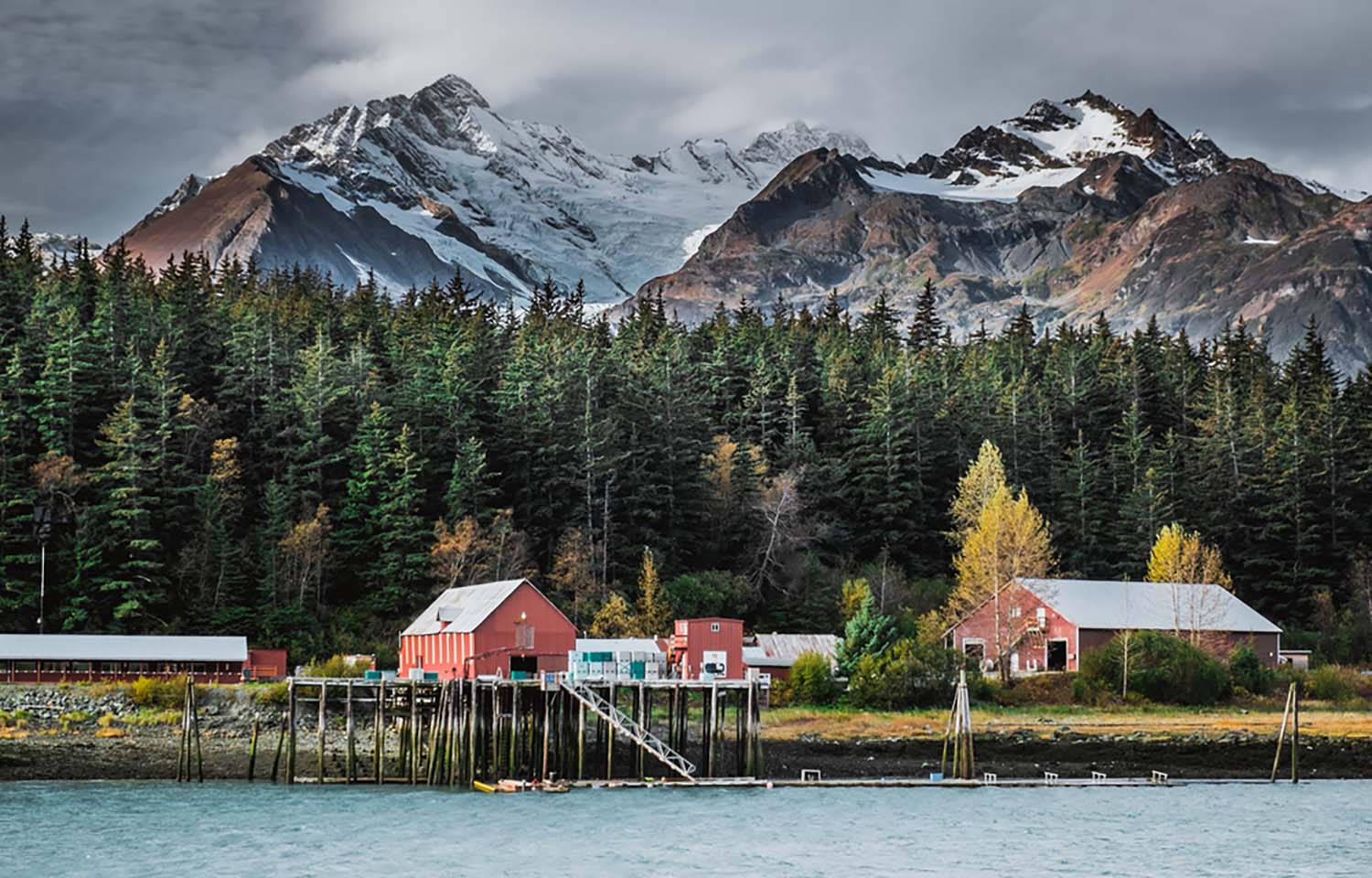The Alaskan seafood sector faced a particularly difficult year in 2023, marred by global and domestic economic pressures, the closure of processing facilities, an inventory glut, and low sales.
“The economic conditions facing the industry right now are serious, significant, and incredibly challenging,” Alaska Seafood Marketing Institute (ASMI) Communications Director Greg Smith told SeafoodSource. “ASMI is doing everything we can with our resources to build demand for Alaska seafood in the U.S. and around the world.”
A new report, “The Economic Value of Alaska’s Seafood Industry,” prepared by McKinsey Research for Juneau, Alaska, U.S.A.-based ASMI, highlighted the challenges the sector is facing and the danger this poses, especially considering how pivotal Alaska’s seafood sector is to both Alaska’s economy and the larger U.S. economy.
In 2022, the Alaska seafood industry harvested 5.8 billion pounds of seafood, valued at USD 2 billion (EUR 1.9 billion). Processors turned that harvest into 2.3 billion pounds of product worth USD 5.2 billion (EUR 4.8 billion), according to the report.
That year, the industry directly employed more than 48,000 workers and accounted for 66 percent of the state’s manufacturing employment.
“Alaska’s seafood industry is a critical pillar of Alaska's economy,” ASMI Executive Director Jeremy Woodrow said. “The economic benefits of the seafood industry are felt by all Alaskans.”
On a national level, Alaska seafood contributes USD 15.8 billion (EUR 14.7 billion) to the U.S. economy and creates over 80,000 full-time equivalent jobs around the country annually, according to the report. Alaska’s seafood harvest also makes up about 60 percent of the total U.S. seafood harvest, contributing more wild catch than all other U.S. states combined.
Globally, Alaska seafood accounts for 1.3 percent of the world’s seafood harvest, including wild-capture and aquaculture production.
“Despite the strength of these numbers, which relies largely on data from 2022, present-day global market pressures are having significant impacts on all Alaska fishermen, fishing families, and fishing businesses,” ASMI said.
Americans’ economic concerns and a strong U.S. dollar compared to the Japanese yen, as well as other currencies in important markets for Alaskan seafood sales, affected the industry heavily in 2023, according to the report.
The currency differentiation made Alaska seafood prices less competitive, according to ASMI, and exchange rates have remained a challenge into 2024, Smith said.
Additionally, low domestic consumer demand led to U.S. seafood retail sales volumes falling below pre-pandemic benchmarks, reversing substantial gains earned in 2020 and 2021, according to ASMI.
“Consumers cite cost concerns as a primary reason they have moved away from seafood,” the organization said.
Adding to the industry’s financial woes, the state’s processors held onto 2022 product inventory, including sockeye salmon, whitefish, and king crab from Russia, for too long seeking better prices. This created an inventory glut that made wholesale and retailers less motivated to buy seafood in 2023, the report said.
The knock-on effect of that trend was the closure of processing facilities, which ended 2023 on a sour note for the industry.
Seattle, Washington, U.S.A.-based seafood company Trident announced in December 2023 it would sell its Ketchikan, Kodiak, Petersburg, and False Pass processing facilities in Alaska, as well as its support facilities in Chignik, Alaska. In March 2024, Trident added it was selling its Ketchikan plant to Silver Bay Seafoods.
Likewise, Peter Pan closed its King Cove, Alaska, processing plant for this year’s pollock A season and Silver Bay will not process salmon there this summer it once it takes over. Additionally, OBI Seafoods is closing its Larsen Bay plant on Alaska’s Kodiak Island for the 2024 salmon season.
It’s too soon to know exactly how wide-ranging the effects of plant closures will be in 2024 because some activity may move to other plants, Smith said, but trends like ...








